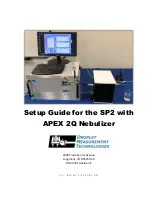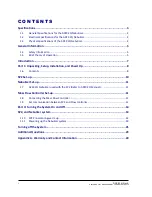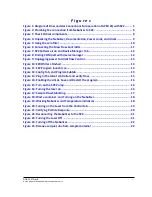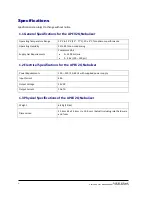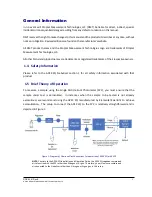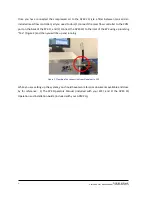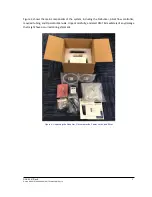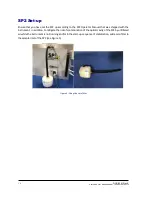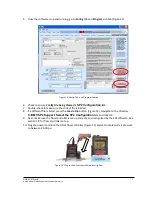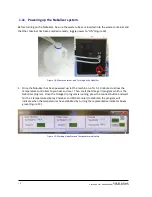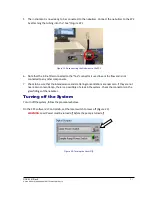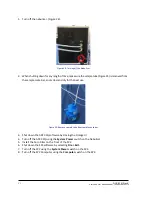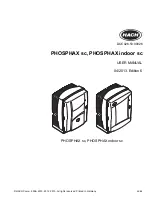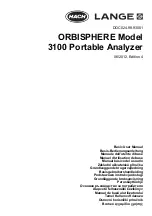
DOC-0341 Rev E
7
© 2019 DROPLET MEASUREMENT TECHNOLOGIES LLC
Introduction
Black carbon, or soot particles, are ubiquitous in the atmosphere and are emitted by combustion
processes. They play a major role in climate forcing by absorbing solar radiation and re-radiating the
energy as heat. Black carbon aerosol can also deposit onto snow and ice surfaces, which affect the
albedo. These light absorbing impurities lower the surface albedo, accelerating melting at the
surface. The radiative forcing caused by this snow albedo effect, has been estimated to be greater
than the effect of forcing by CO
2
(Flanner et al., 2007).
Traditional methods for measuring the black carbon impurities in snow and ice are performed using
filters. In addition to analytical artefacts, filter-based techniques require a large sample volume, and
therefore have poor temporal resolution.
The SP2 is the ideal alternative to these traditional techniques. It requires very little sample volume
resulting in high time resolution. Furthermore, the SP2 will measure both black carbon mass
concentrations and size distributions without significant sensitivity to the media in which it is
suspended or its mixing state. The SP2, however, does require nebulization of the liquid or ice sample
for analysis in the instrument. For this reason, coupling the SP2 with the high efficiency APEX 2Q
nebulizer has proven to be the ultimate solution for quantifying black carbon in snow and ice (Wendl
et al., 2014).
Flanner, M. G., Zender, C. S., Randerson, J. T., and Rasch, P. J.: Present-day climate forcing and response from black
carbon in snow, J. Geophys. Res.-Atmos., 112, D11202, doi:10.1029/2006JD008003, 2007.
Wendl, I.A., Menking, J.A., Farber, R., Gysel, M., Kaspari, S.D., Laborde, M.J.G., and Schwikowski M.: Optimized method
for black carbon analysis in ice and snow using the single particle soot photometer, Atmos. Meas. Tech., 7, 2667-268,
doi:10.5194/amt-7-2667-2014, 2014.

